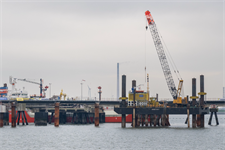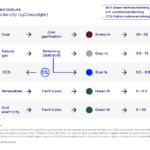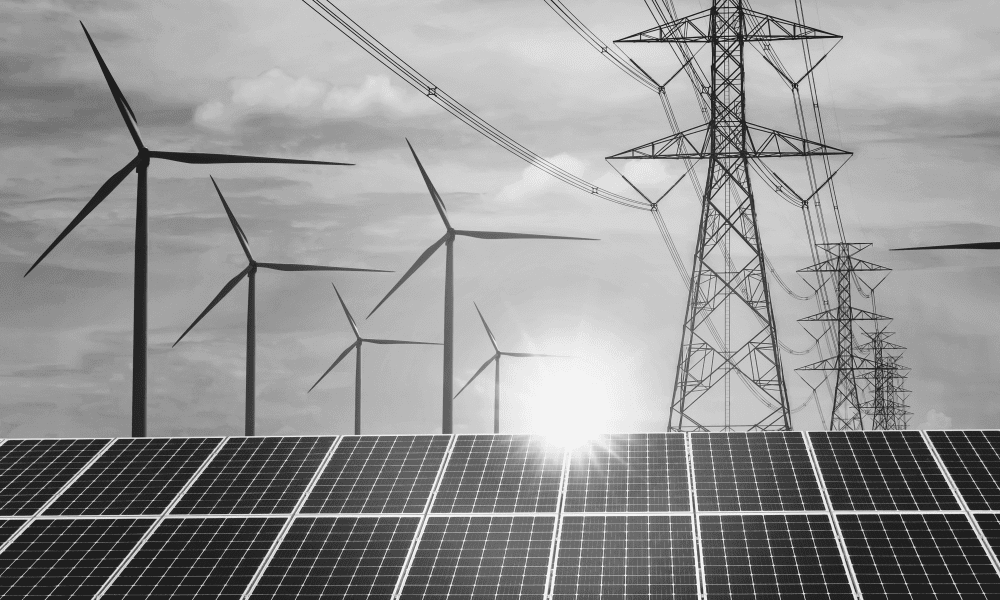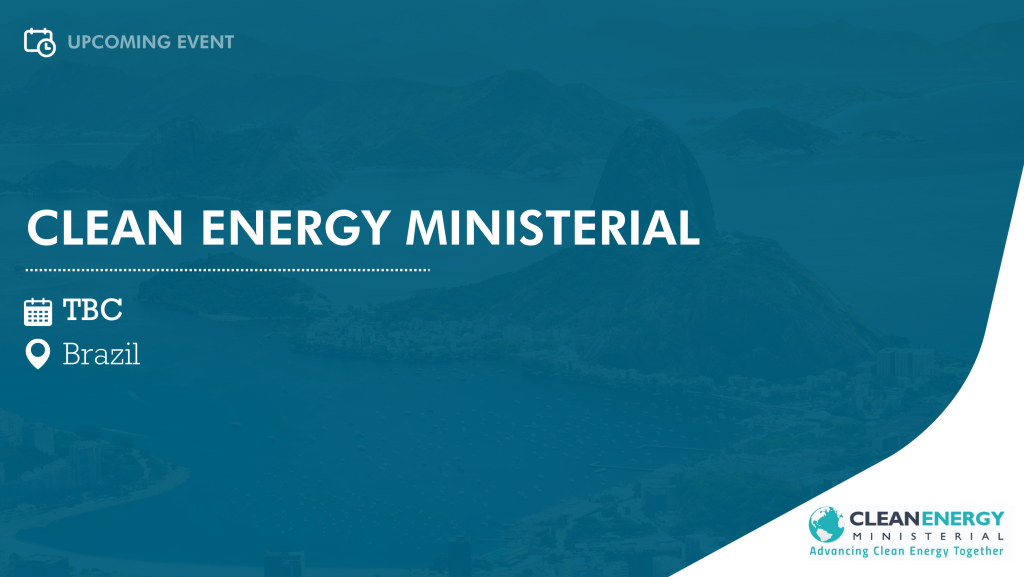German exemption to ease path for green hydrogen-based LNG
Energy Disrupter

The Wilhelmshaven Green Energy Hub is a flagship project of energy major Uniper for the import and export of green hydrogen. Uniper plans to have a 1GW electrolyser and ammonia import terminal in place by 2030.
The site was chosen because it will have access to more than 4GW of offshore wind and the largest hydrogen storage cavern in Germany, according to Uniper.
Wilhelmshaven is also the only German deep-water port with easy access for large vessels.
Uniper says that transporting the power produced offshore to southern Germany will be “complex and expensive with new power lines being required”. Hydrogen production can directly absorb significant amounts of the power produced.
TES has developed a loop that uses renewable energy to produce green hydrogen and then combines it with recycled carbon dioxide to produce e-NG.
It said that the hub is a pivotal element in its plans to facilitate the import of both green hydrogen-based e-NG and liquefied natural gas (LNG).
According to TES, the planned gas terminal at the hub “will have fully transitioned” to e-NG by 2044, as required by the German LNG acceleration act (LNGG). The total capacity of the terminal is equivalent to 15 billion cubic metres per year.
“We welcome the decision of BNetzA as an important step towards signing contracts with terminal users and taking the final investment decision later this year,” said Raf Vermeyen, chief executive of terminal owner Deutsche Grüngas- und Energieversorgung GmbH (DGGEV).
The 20-year exemption is awaiting review and approval by the European Commission.
















